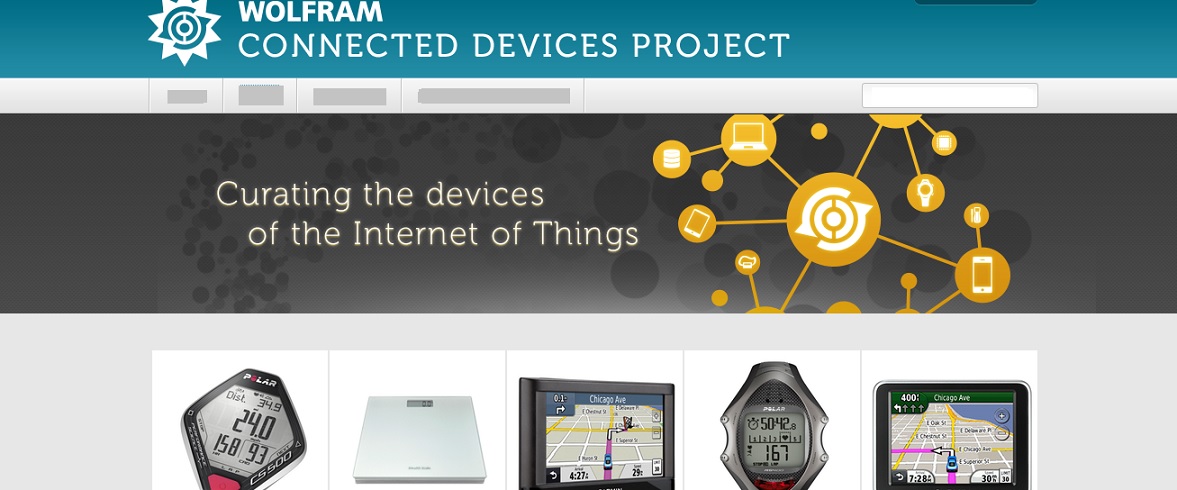 Computational knowledge engine Wolfram Alpha has launched the ‘Connected Devices Project’, which many in the field of the Internet of Things (IoT) and Machine to Machine communications (M2M) have dubbed a huge development.
Computational knowledge engine Wolfram Alpha has launched the ‘Connected Devices Project’, which many in the field of the Internet of Things (IoT) and Machine to Machine communications (M2M) have dubbed a huge development.
Writing on his official blog, the man behind the knowledge engine Stephen Wolfram said connected devices were central to Wolfram Alpha’s long-term strategy of injecting sophisticated computation and knowledge into everything. With the Wolfram Language, he said, there was now a way to describe and compute about things in the world. Stephen said he was launching the Wolfram Connected Devices Project to start the process of curating just what things exist so far in the current generation of the Internet of Things.
Wolfram Alpha’s long-term goal was to make all systematic knowledge immediately computable and accessible to everyone. It aimed to collect and curate all objective data; implement every known model, method, and algorithm; and make it possible to compute whatever can be computed about anything. The idea was to build on the achievements of science and other systematizations of knowledge to provide a single source that could be relied on by everyone for definitive answers to factual queries.
 Explaining the rationale behind the connected devices project, Stephen wrote that the aim was to ensure that every type of connected device be seamlessly integrated with the Wolfram Language.
Explaining the rationale behind the connected devices project, Stephen wrote that the aim was to ensure that every type of connected device be seamlessly integrated with the Wolfram Language.
Wolfram Connected Devices Project’s goal was to work with device manufacturers and the technical community to provide a definitive, curated, source of systematic knowledge about connected devices. The Project has started off with a “couple of thousand devices (from about 300 companies)” but the number is bound to go up in the coming years.
For each device, there was always a certain amount of structured information around it. What this Project aimed to do was ensure this information is set up to be computable.
Wolfram was also simultaneously building the Wolfram Data Science Platform, that lets people visualize and analyze data using all the sophistication of the Wolfram Language—and then generate complete interactive reports from the data, that can be deployed on the web, on mobile and offline.
So, how does one actually interact with the device? Stephen has explained in his post: Well, within the Wolfram Language we’ve been building a powerful framework for this. For now, at least, we’ve excluded objects that in effect have complex custom electrical connectivity—for example, sensors that have the form factor of integrated circuits with lots of “legs” that have to be plugged into something. We’ve included, though, objects that have just a few wires coming out, that can for example immediately be plugged into GPIO ports, say on Raspberry Pi—or into analog ports on something like an Arduino connected to a Raspberry Pi.
Image Credit: Wolfram Alpha
– Advertising Message –
